My Kale Is Bolting: How To Stop Kale Bolting
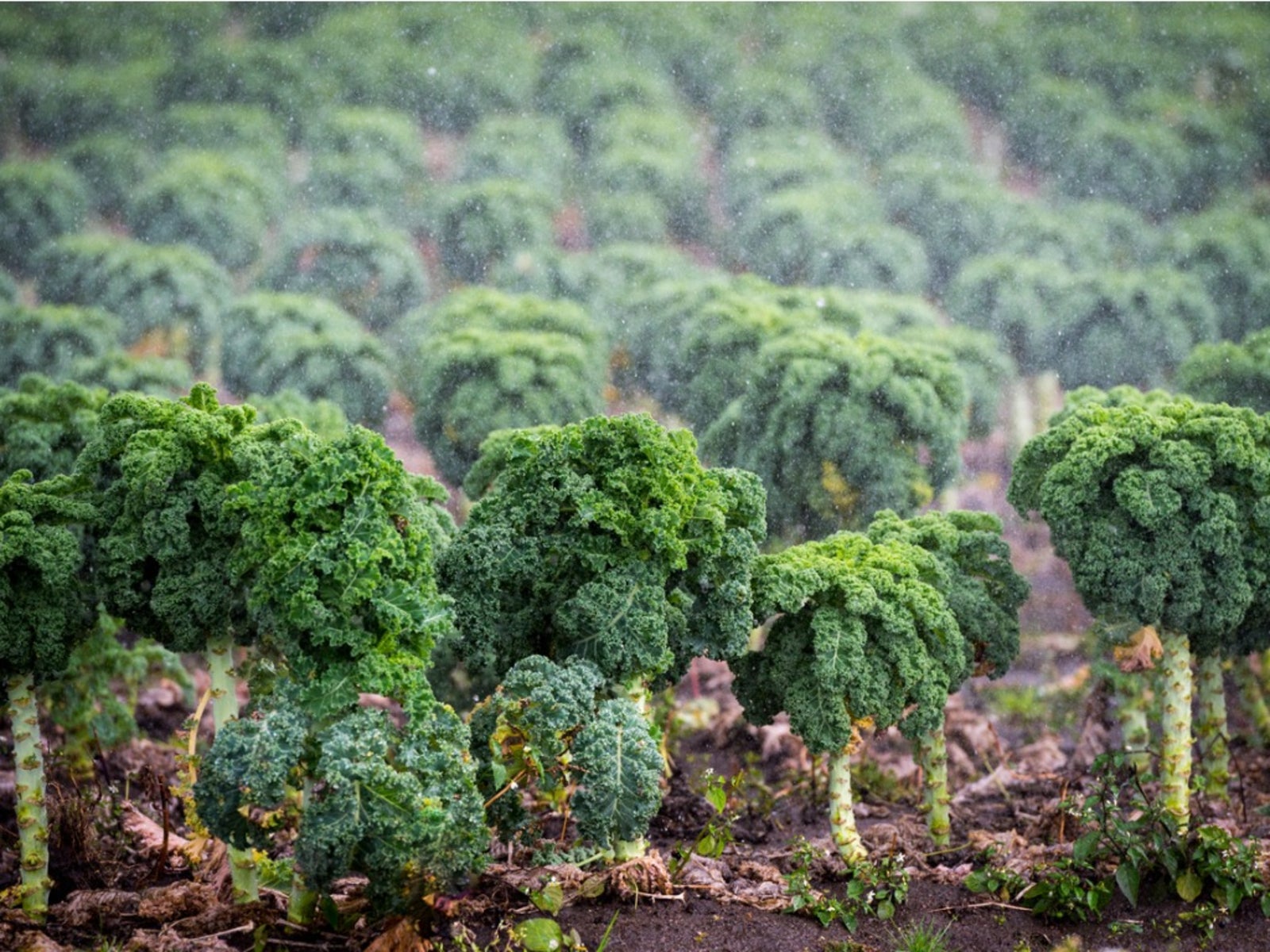

You walk to your garden one fine summer day only to find your kale is bolting. The classic signs of bolting kale plants are present. Instead of the kale leaves growing in a cluster near the ground, a leaf covered stalk with a broccoli-like flower bud has shot up from the center of the plant. Although this can be frustrating, you can learn how to stop kale-bolting from happening again.
What Causes Kale to Bolt?
When you see your kale plant flowering, it's essential to remember kale is a biennial. Like many two-season plants, kale spends its first season growing vegetatively. Once the kale plant is exposed to wintry weather, it's programmed to flower. Most biennials do this in their second year.
So what causes kale to bolt in its first year? The simple answer is human eagerness. As a cool-season crop, we are eager to get this biennial into the ground as early in the spring as we can. We may even start our kale plants indoors to get a jump on the growing season. But cool weather can trick kale into thinking winter has come and gone.
This process of initiating kale plant flowering is called vernalization. And unfortunately, there are no hard and fast rules when it comes to avoiding vernalization of kale plants. For many biennials, vernalization requires exposure to temperatures below 50 degrees F. (10 C.) for 8 to 10 weeks.
The effect of low temperature is additive, so a few cold snaps with warm weather in between can be sufficient to cause bolting kale plants to develop later in the season. Variation in vernalization requirements can also vary depending upon the age, species and variety of the plant.
How to Stop Kale Bolting
Understanding what causes kale to bolt is one thing, preventing bolting kale plants is another. Here are few tips to try in order to avoid kale plant flowering in the first growing season:
- Direct seed – Young kale plants are immune to the effects of vernalization, so directly-sowing kale seeds into the garden 6 to 8 weeks before the last frost date can prevent bolting kale plants.
- Delay transplanting seedlings – Once kale seedlings have approximately 8 leaves, they become receptive to the effects of vernalization. If you start your kale seedlings in the house or buy your plants, hold off transplanting kale into the garden until the last frost date has passed.
- Warm the garden soil – Use black plastic or row covers to raise soil temperature and keep those eight-leaved kale seedlings warm. With this clever hack, gardeners can take advantage of early planting, but still prevent kale plant flowering in the first year.
- Choose bolt-resistant varieties – Select kale varieties like Red Ursa, Premier (aka early hanover) or Vates. These varieties have shown resistance to summer bolting.
Gardening tips, videos, info and more delivered right to your inbox!
Sign up for the Gardening Know How newsletter today and receive a free copy of our e-book "How to Grow Delicious Tomatoes".

Laura Miller has been gardening all her life. Holding a degree in Biology, Nutrition, and Agriculture, Laura's area of expertise is vegetables, herbs, and all things edible. She lives in Ohio.
-
 8 Noteworthy Native Azaleas Every Gardener Should Know – And Grow!
8 Noteworthy Native Azaleas Every Gardener Should Know – And Grow!Native azaleas offer brilliant blooms in a range of colors and sizes. Here are a few favorites to get inspired and start working on a native shade garden!
-
 Growing Climbing Roses: How To Create Elegant Displays With Maximum Blooms
Growing Climbing Roses: How To Create Elegant Displays With Maximum BloomsMaster the art of growing stunning climbing roses with this essential guide to creating vibrant, fragrant walls and structures all summer long.
-
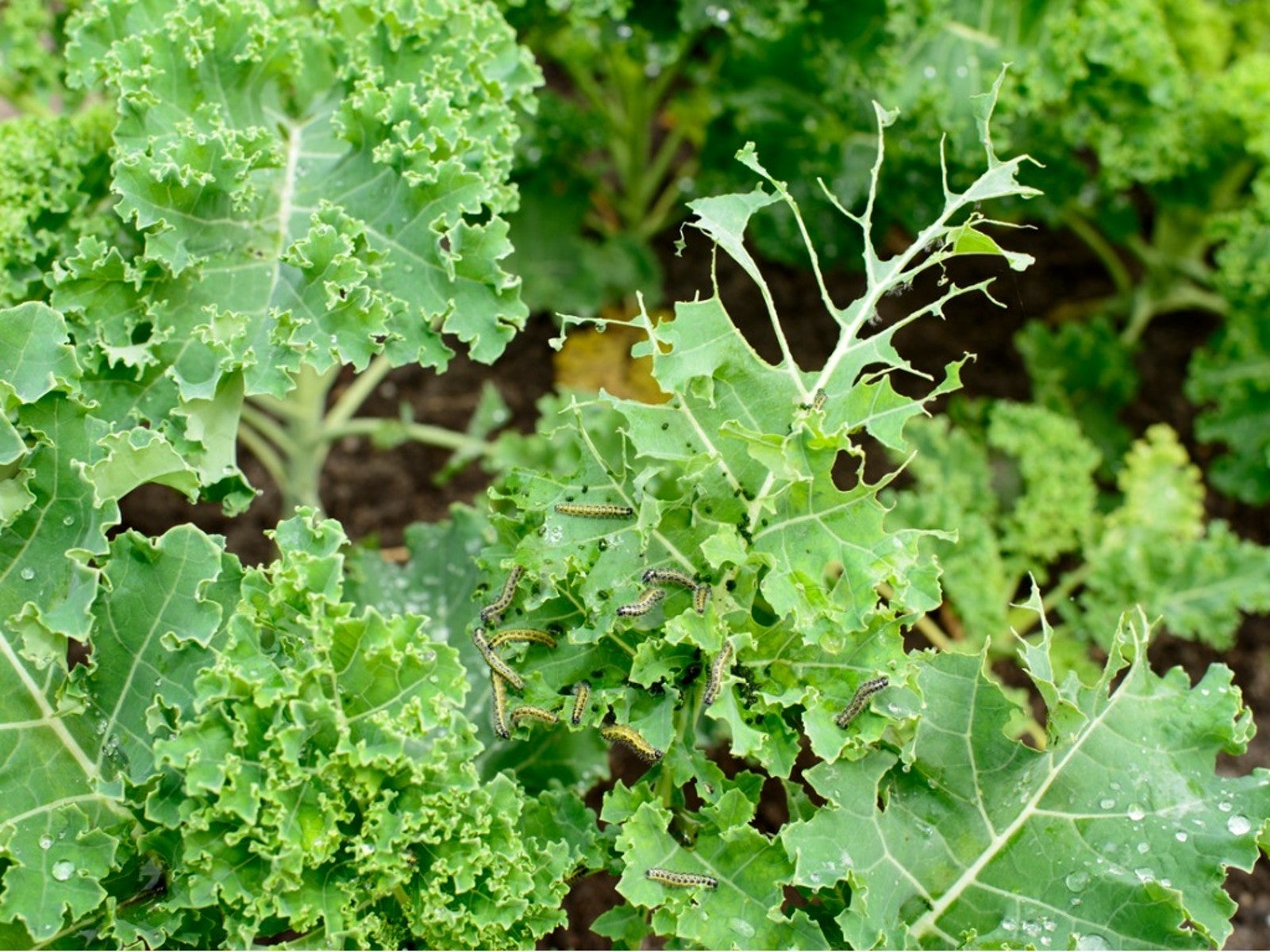 Kale Pests And Diseases That Plague Fall Gardens
Kale Pests And Diseases That Plague Fall GardensLearn how to recognize and eliminate the diseases and pests that attack your yummy kale plants.
-
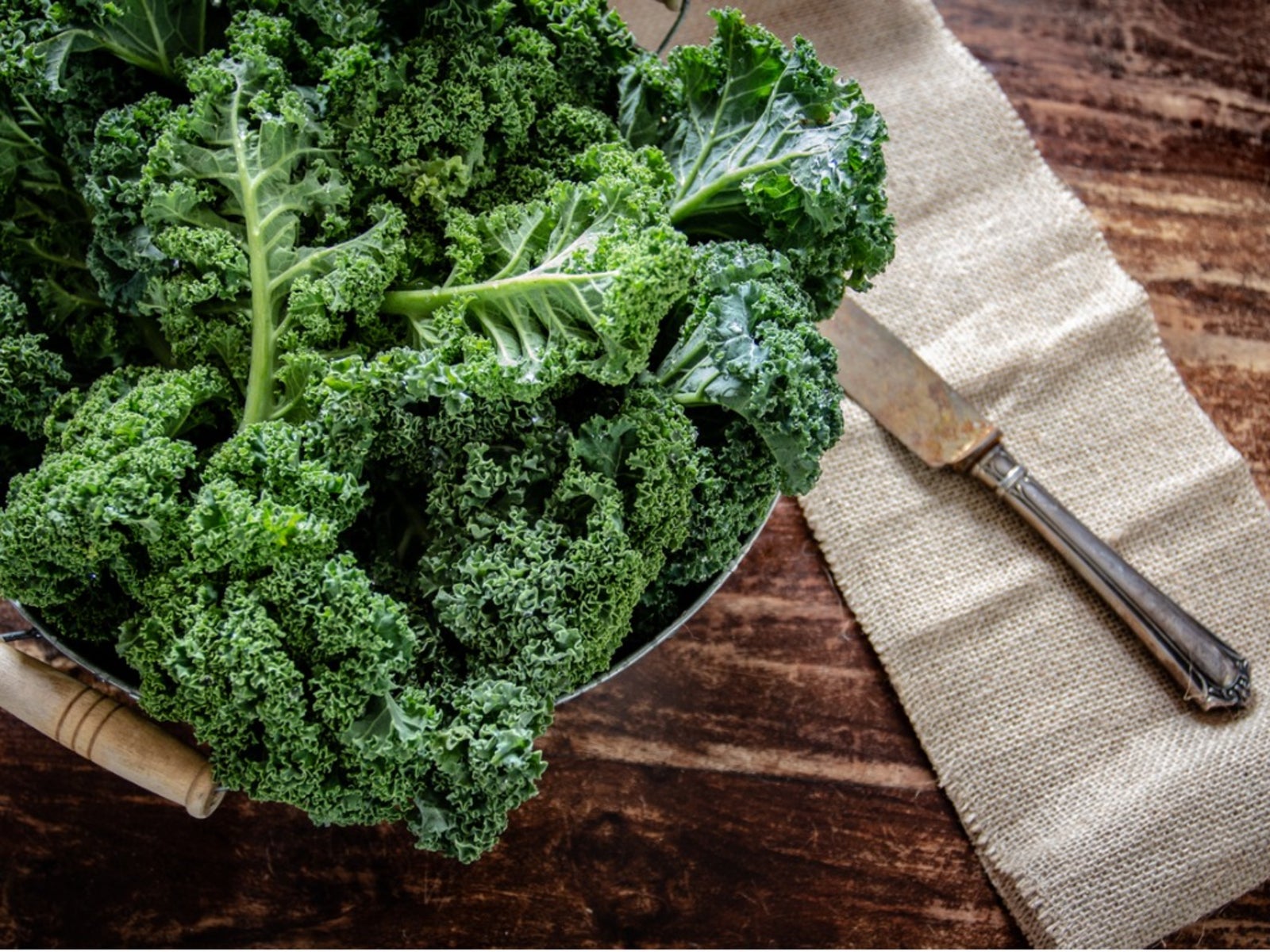 Different Uses For Kale – How To Use Kale Plants Post Harvest
Different Uses For Kale – How To Use Kale Plants Post HarvestHave you wondered what to do with kale that's growing in your garden? Click here for some of the many uses for kale.
-
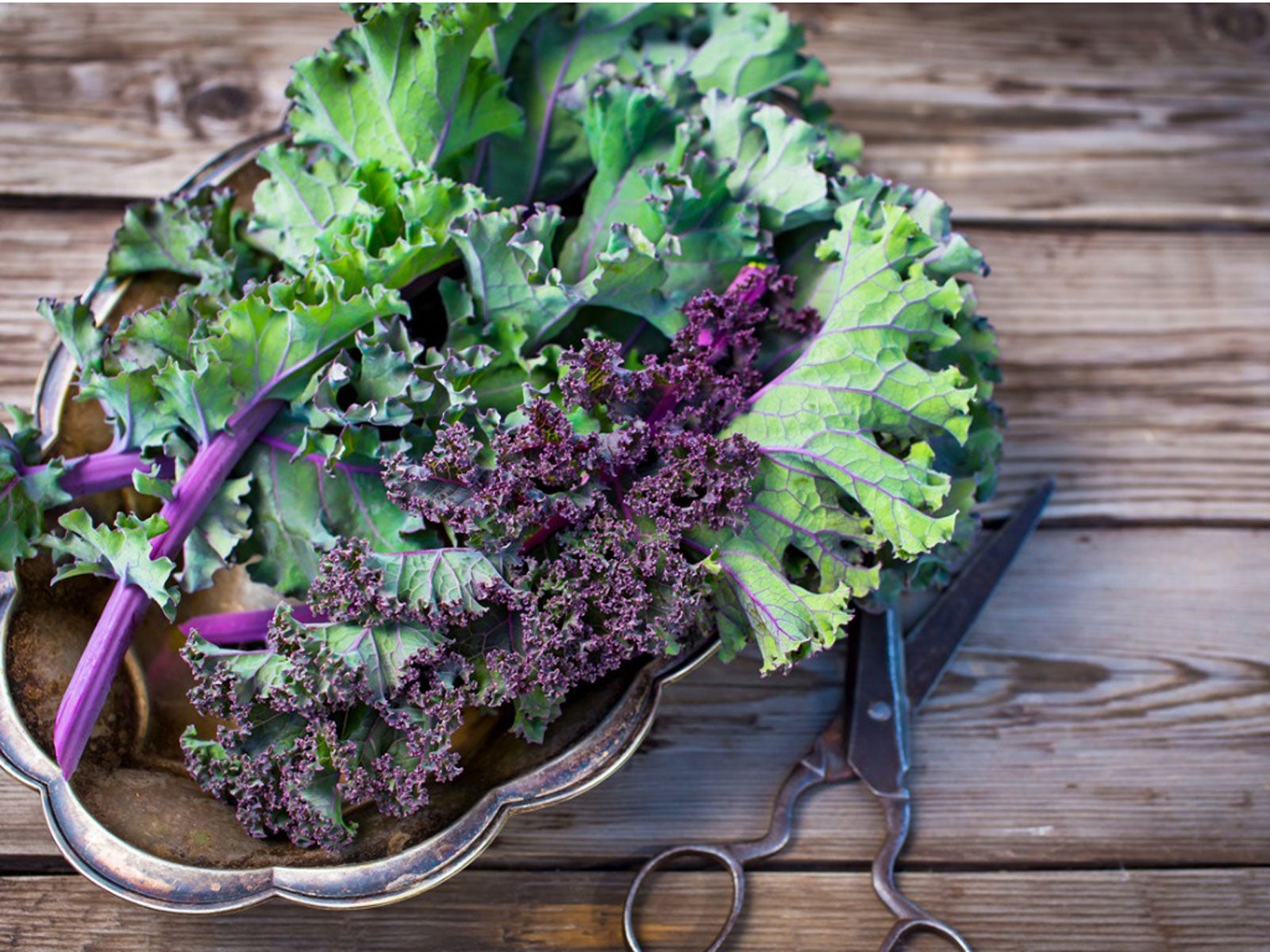 Prickly Kale Leaves – Does Kale Have Thorns
Prickly Kale Leaves – Does Kale Have ThornsDoes kale have thorns? Most gardeners would say no, yet this question is occasionally asked. Click here to explore reasons kale is prickly.
-
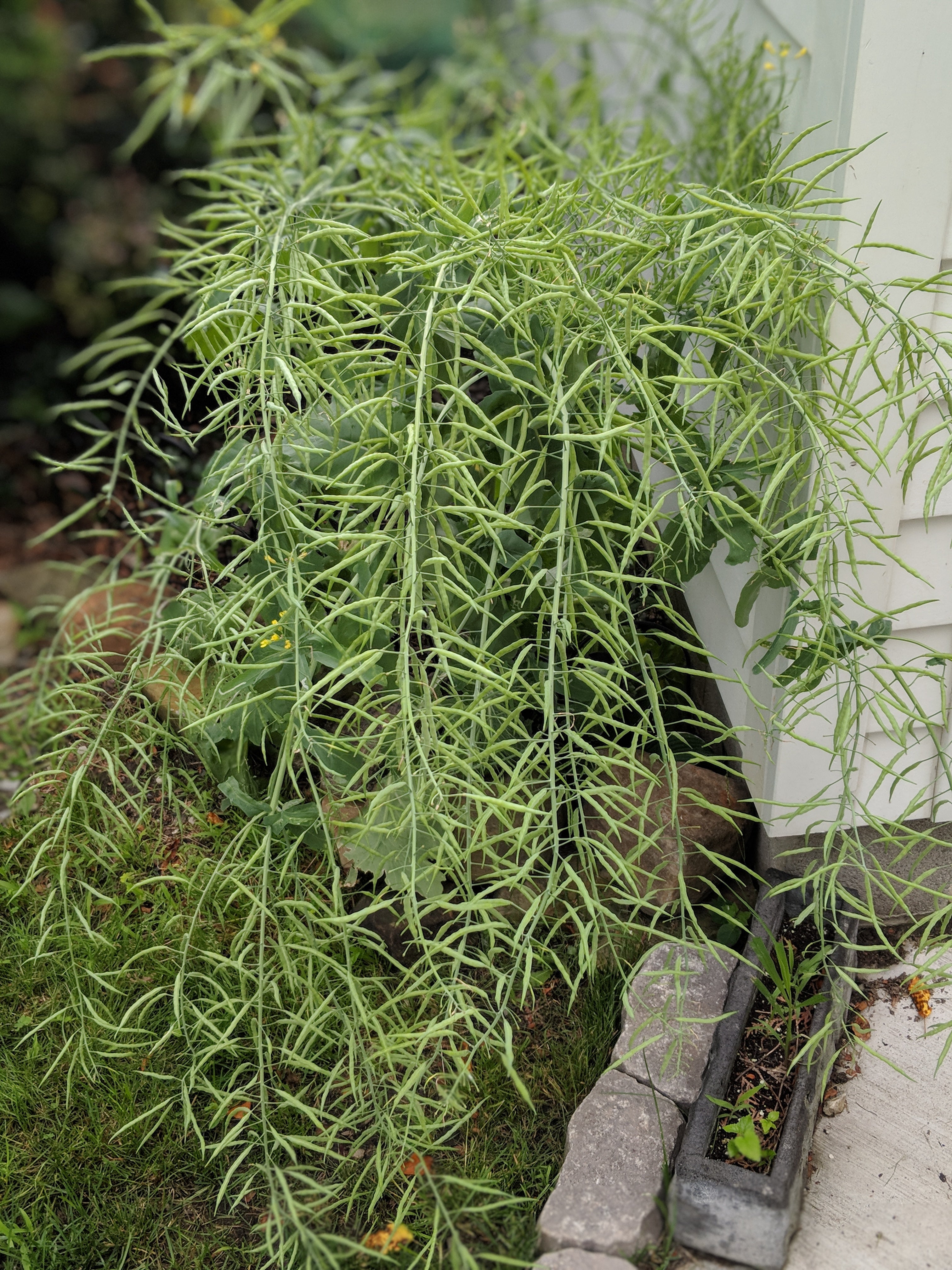 Saving Kale Seeds – Learn How To Harvest Kale Seeds
Saving Kale Seeds – Learn How To Harvest Kale SeedsNoted for its use in the kitchen, kale is an easy-to-grow leafy green that thrives in cooler temperatures. Unlike many common garden vegetables, kale plants are actually biennials. In this article, we will discuss how to harvest kale seeds so you can plant another crop.
-
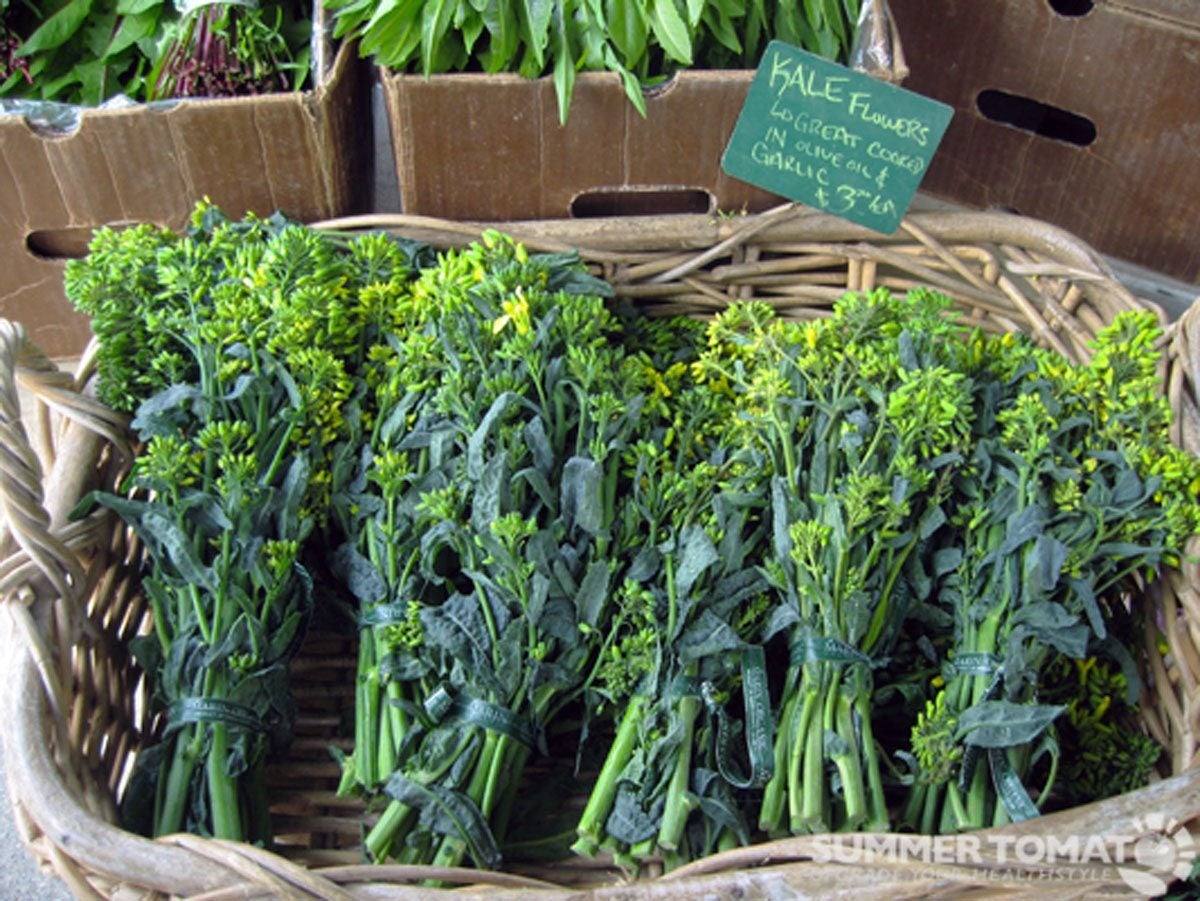 Kale Rabe Information: How To Grow Napini Kale In The Garden
Kale Rabe Information: How To Grow Napini Kale In The GardenWhat's napini? Napini is sometimes called kale rabe so you can see where this is starting to get confusing. Don't worry, the following kale rabe information will straighten it all out, plus tell you how to grow your own napini kale and its uses.
-
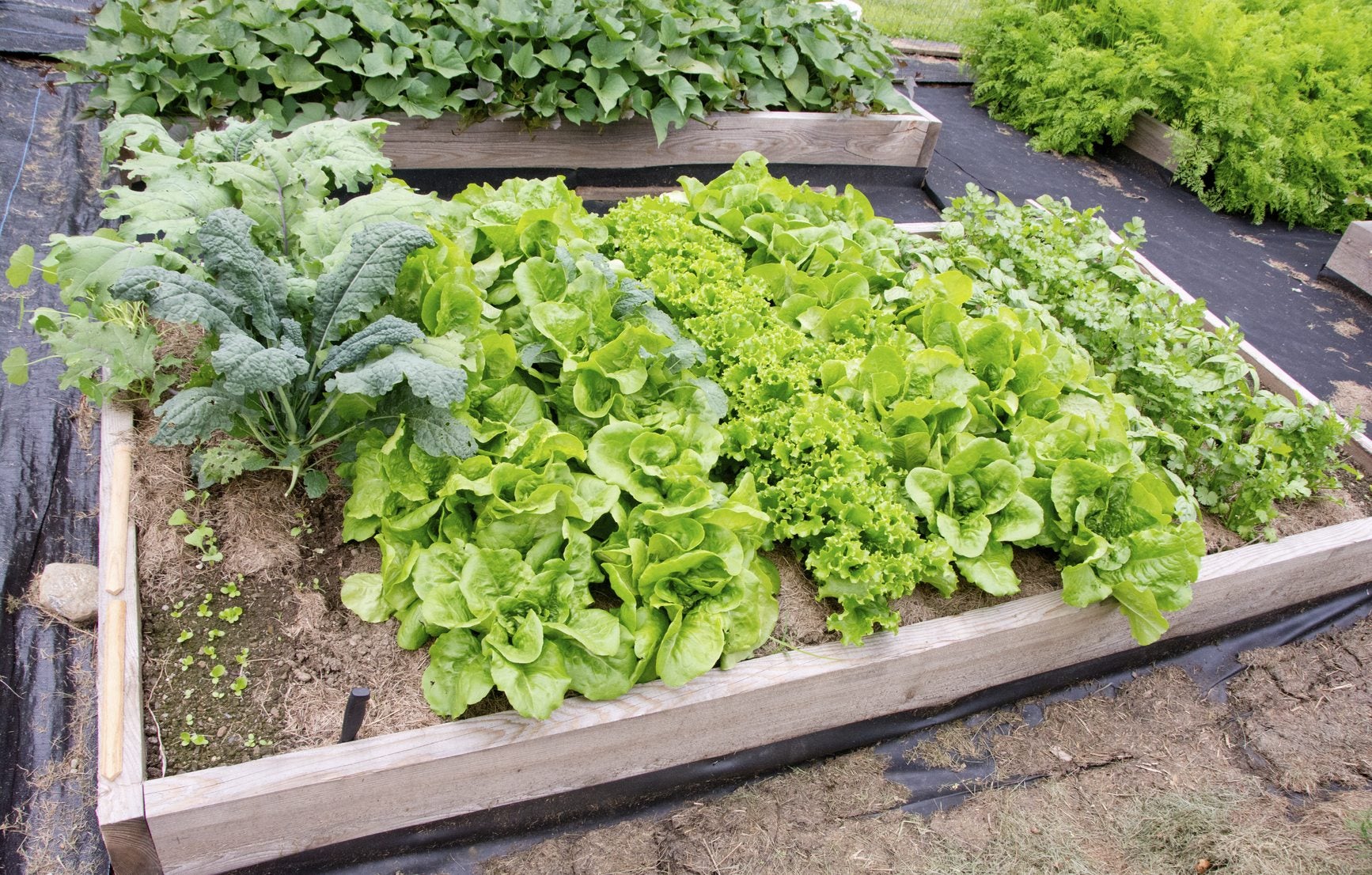 Kale Companion Plants: Learn About Plants That Grow Well With Kale
Kale Companion Plants: Learn About Plants That Grow Well With KaleKale is a cool weather green with ruffled leaves. Many plants grow well with kale - receiving and giving benefits to each other. So what are the best companion plants for kale? Find out about kale companion planting in this article.
-
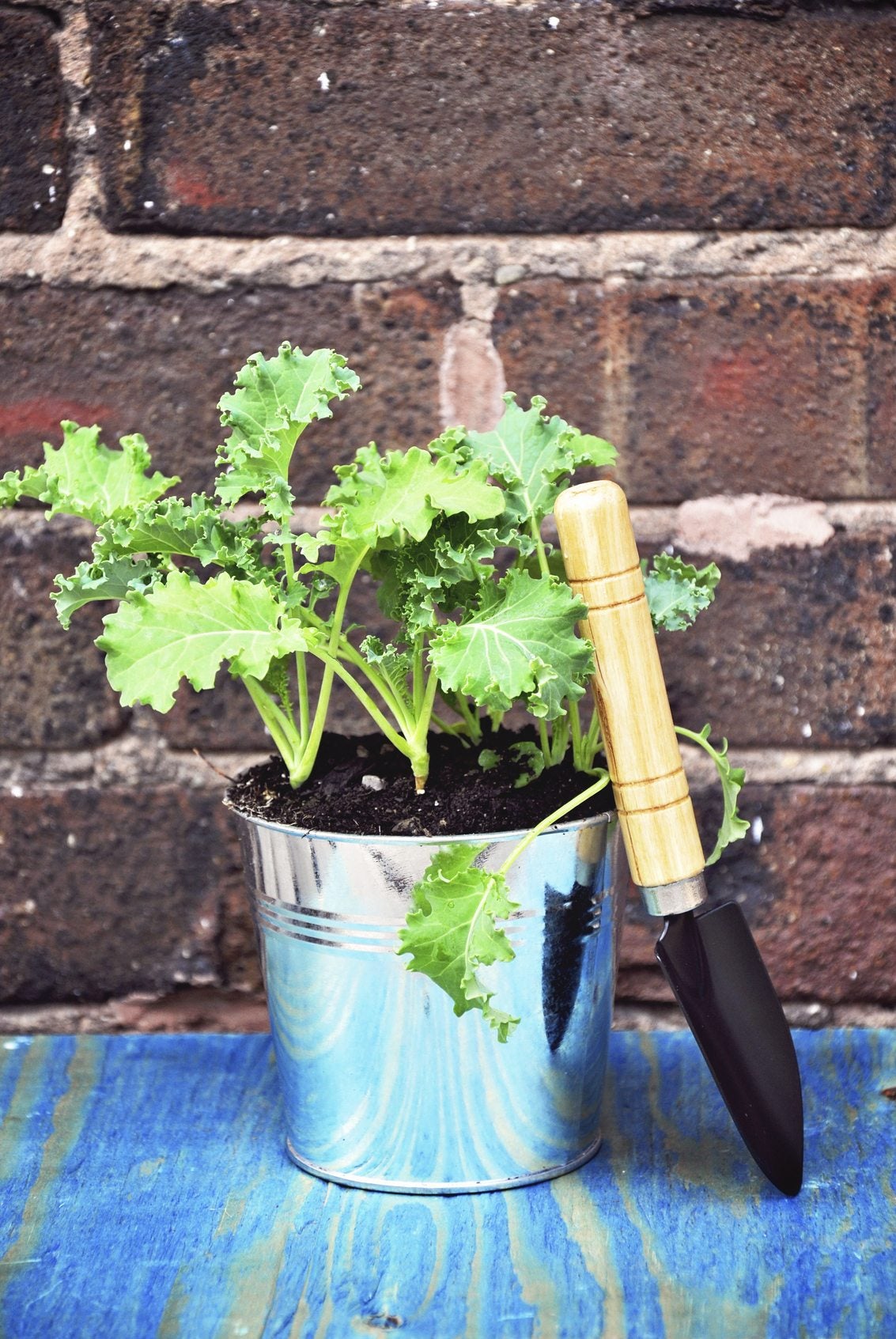 Will Kale Grow In Containers: Tips On Growing Kale In Pots
Will Kale Grow In Containers: Tips On Growing Kale In PotsYou might be wondering about growing your own kale but perhaps you lack garden space. What about container-grown kale? Will kale grow in containers? Click here to find out how to grow kale in containers and other information on potted kale plants.
-
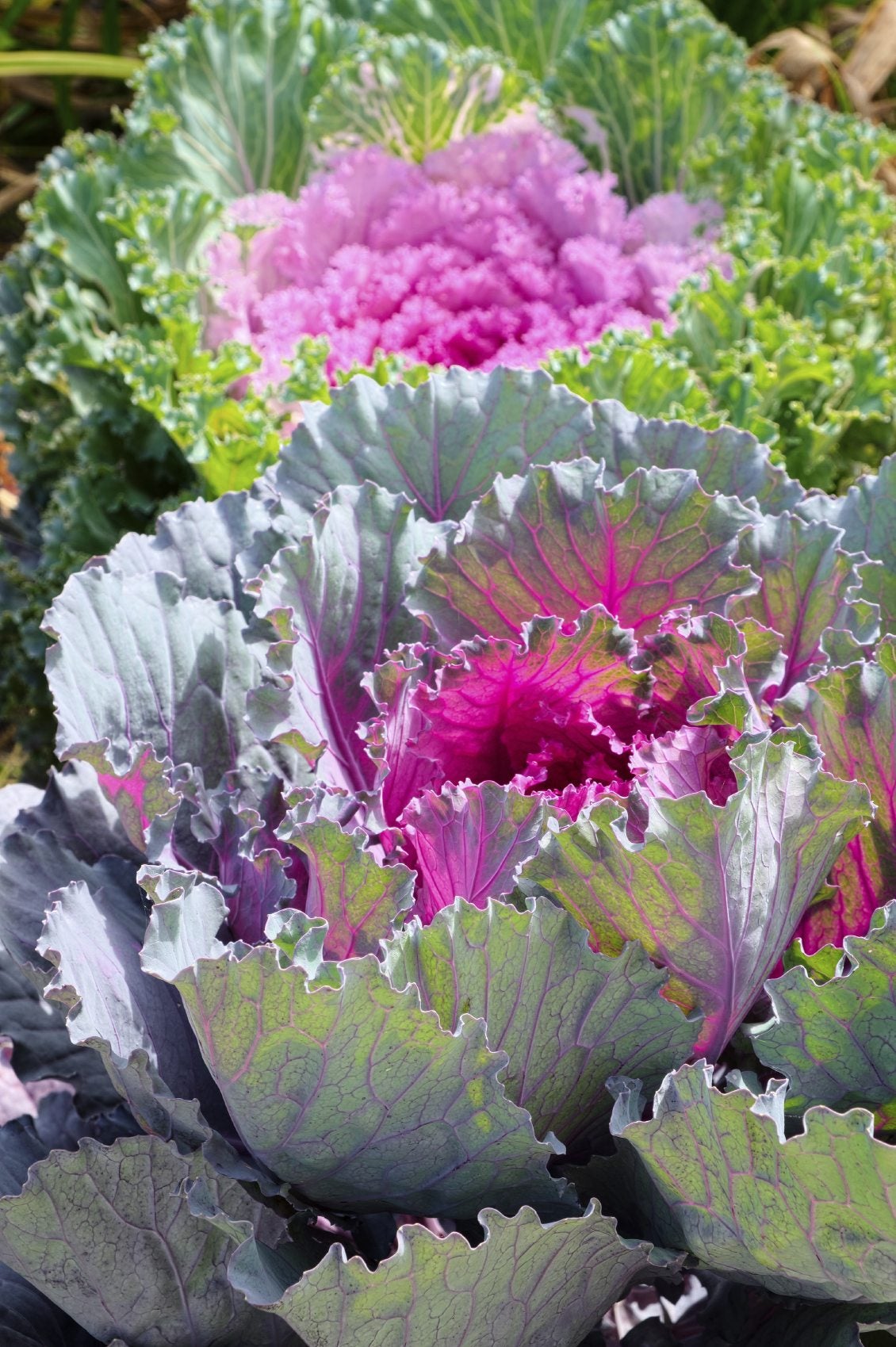 Growing Flowering Kale Plants: Information About Flowering Kale Care
Growing Flowering Kale Plants: Information About Flowering Kale CareTry some ornamental kale plants for a showy bright spot in the cold seasons. They're easy to care for and add color on those cloudy days.